Some things in life are just too awesome to fully comprehend. And at Choeung Ek, an otherwise nondescript orchard a dusty 17 kilometer tuk-tuk drive outside of the Cambodian capital of Phnom Penh, that statement holds true in the worst possible way imaginable.
Between 1975 and 1979 the Khmer Rouge regime under Pol Pot killed roughly two million people. The truth is, nobody really knows how many men, women, and children fill the roughly 20,000 mass graves that dot Cambodia’s landscape. Estimates range from a low of about 700,000 to over three million.
Words like atrocity and genocide are powerless to adequately describe the madness that is Cambodia’s Killing Fields.
Even touring a place like Choeung Ek, one of Cambodia’s most notorious execution camps, only offers the slightest glimpse of what transpired during those four unimaginable years of Khmer Rouge rule. And yet the magnitude of the horror at that single site is still impossible to behold.
People were brought to Choeung Ek by the truckload for extermination. It was mass murder on an industrial scale. But the backwards industry of the Khmer Rouge killing machine couldn’t keep pace with Pol Pot’s ambition for slaughter. At its peak the flow of the condemned into the camp became so great that its officers couldn’t execute them all.
The Buddhist stupa erected as a memorial at Choeung Ek houses 5,000 skulls recovered from the site.
So they built temporary structures to warehouse people awaiting execution and hung loudspeakers from trees to hide the sounds of the dying from the ears of the soon to be dead.
In all, 8,895 bodies were recovered from mass graves at Choeung Ek. An unknown number remain interned beneath still unexcavated fields; buried, but not forgotten. Even after forty years their bodies will not let us forget. Bits of bones and clothes still rise from these unmarked graves to remind the living of their loss.
As I stepped gingerly around the remains I tried and failed to put this horrible place into perspective. Choeung Ek is just one of 300 similar killing fields spread throughout the country. During its reign the Khmer Rouge is thought to have killed roughly a fifth of Cambodia’s population. And they did it all in less than four years.
To experience a similar magnitude of loss in my own country would require the U.S. to endure a September 11th sized attack every ninety minutes, every day of the week, for 195 straight weeks.
But even that analogy doesn’t go nearly far enough. Unlike the 9-11 murderers, Pol Pot’s killing wasn’t random. He specifically targeted intellectuals, teachers, artists, and scientists, not to mention people who wore glasses or had soft hands. He did more than just kill enemies of his regime. His policies targeted the very means by which a modern society sustains itself and preserves its culture. It’s a wonder anything survived him.
And yet away from the Killing Fields, Pol Pot’s legacy isn’t exactly obvious today. Cambodia’s cities are vibrant. Its economy has performed better than many of its neighbors. And everywhere we turned we saw its wonderful, friendly, resilient people smiling and working and laughing and playing.

A Cambodian girl laughs hysterically with her friends after waving to us as we passed in our tuk-tuk
Fewer than two generations after an incomprehensible reign of terror, life in Cambodia goes on pretty much as it does elsewhere. Some things really are just too awesome to fully comprehend.




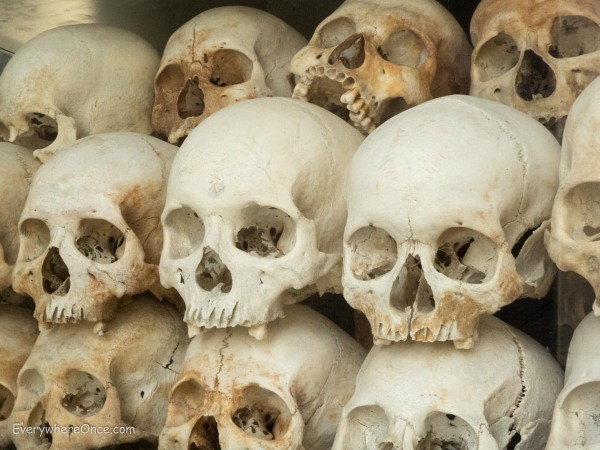
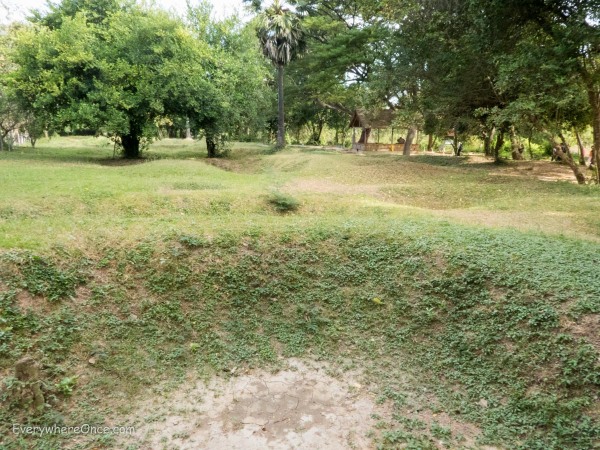






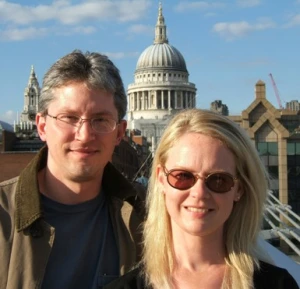

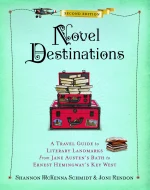


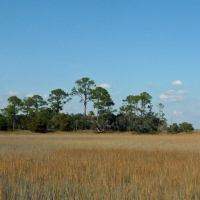

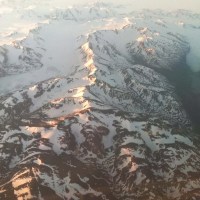
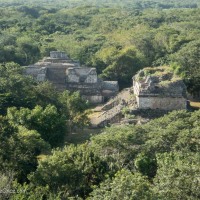


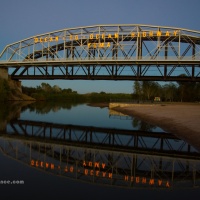

sad… but I’m happy they made a tribute… Lot’s of ghosts there, I imagine…
LikeLike
Powerful blog entry today on a topic I am not super familiar with. Thank you for the information and the photos.
LikeLike
Was there last month and visited this also and I kept thinking, “Should I take a photo of this and that?”, while listening to the recorded voice tour and I can’t even imagine the enormity of what has been done to the people. I agree though that life as in anywhere continues on despite the things of the past.
LikeLike
Right. It’s amazing that Laos and Vietnam survived the “American War”, and it is even more amazing that Cambodia survived Pol Pot. Did you visit Tuol Sleng as well?
LikeLike
What goes through the minds of these murderers? How can they go home to their families each night, eat dinner, have a chat and go to sleep? The mind boggles.
LikeLike
Powerful images and words. I am visiting in September but not sure I can bring myself to see the killing fields.
LikeLike
Wow. ..I learned a lot from this blog today. So many tragedies in this world, but at least we know we can recover from them.
LikeLike
We will be in Cambodia in less than two months, and we are torn about visiting these sites. How was the reaction from local people toward tourists there? I always feel a little ashamed at the prospect of touring others’ misery, but on the flipside I think it is important for people to know what happened, to learn from it, to not forgot our own violent potential as humans. Thanks for the thoughts and photos.
LikeLike
I quite honestly don’t know how Cambodian’s feel about the memorial. Like most things, I imagine opinions differ. It’s far enough outside the city center, though, that you won’t likely encounter anyone who either doesn’t work there or isn’t touring the site themselves.
Personally I don’t feel ashamed to go to such places. I think I’d be more ashamed to avoid them. I might feel differently if I was visiting out of a sense of schadenfreude, but that’s not why we go.
We go to places like Choeung Ek not because they’re fun but because they’re important. We go to learn; to remember; to try to understand; and maybe, just maybe, become better, more compassionate, less-hostile people in the process. And that’s nothing to be ashamed of.
LikeLiked by 1 person
Thanks for this blog entry, a lot of people don´t know about these massacres and I think it´s important that places like this exist to remind us of what has happened, and what is still happening around the world. Hopefully, like you say, this inspires people to become more compassionate and better. I don´t know if I could bring myself to go to places like this (I almost couldn´t handle Dachau) but I´m glad you´re writing about it so we can become more educated.
LikeLike
Thanks for your sensitive and insightful commentary about such an abominable time and place in human history. It is impossible to comprehend what kind of sociopathic mindset would lead to unimaginable occurrences like this … and likewise those of the Nazi regime, Rwanda, the current Syria/ISIL situation in the Mideast. I’ll stop at naming just those.
I’m always thankful that in stark contrast, there are many people making positive contributions, working hard on doing things that benefit others and on the whole attempting to move the state of human affairs forward instead of backwards.
One can’t help but wonder how much better off the world would be if the negative focus, time, energy and effort that have been (and continue to be) expended in these horrific episodes were instead channeled to bettering our existence instead of tearing it down.
LikeLike
Visited Cambodia a few years ago – and avoided this!! As I have the various holocaust locations in Europe. Although it is essential to remember the loss, and remind the living of what humans are capable of, I feel there is everyday reminder of this around me in real time. So, I do what little I can to be human and humane in everyday life…..
LikeLike
thanks for writing about your thoughts and experiences while visiting choeung ek. it’s a horrific place – indeed, i too did not want to be there, as many others have commented- but it’s such an important place. for me to not go there, would be like denying the truth- many of my family died during the killing fields, and to not visit the mass graves would be to not acknowledge a critical part of our history. so i’m thankful to read your account, and others, who visit, and though heartbreaking, recognize the suffering cambodia experienced.
also, Pol Pot’s legacy isn’t “exactly obvious” but the consequences of genocide are certainly real. cambodia is one of the most heavily mined countries, with a large number of amputees. it suffered a devastating blow to its infrastructures such as the health care system (that’s what happens when you kill off all the doctors) and education system (and all the teachers), and there are high rates of poverty, sex trafficking, and PTSD. In the US, Cambodian Americans also face high rates of poverty, depression, PTSD, and highschool dropout rates.
indeed there is progress, and cambodia (and cambodian americans) move on, or try to do so, but the wounds are definitely there.
LikeLike